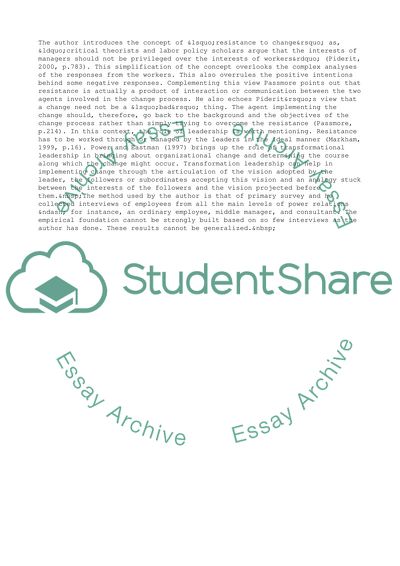Cite this document
(Resistance to Organizational Change Assignment Example | Topics and Well Written Essays - 1750 words, n.d.)
Resistance to Organizational Change Assignment Example | Topics and Well Written Essays - 1750 words. Retrieved from https://studentshare.org/management/1566045-critique-article
Resistance to Organizational Change Assignment Example | Topics and Well Written Essays - 1750 words. Retrieved from https://studentshare.org/management/1566045-critique-article
(Resistance to Organizational Change Assignment Example | Topics and Well Written Essays - 1750 Words)
Resistance to Organizational Change Assignment Example | Topics and Well Written Essays - 1750 Words. https://studentshare.org/management/1566045-critique-article.
Resistance to Organizational Change Assignment Example | Topics and Well Written Essays - 1750 Words. https://studentshare.org/management/1566045-critique-article.
“Resistance to Organizational Change Assignment Example | Topics and Well Written Essays - 1750 Words”, n.d. https://studentshare.org/management/1566045-critique-article.


